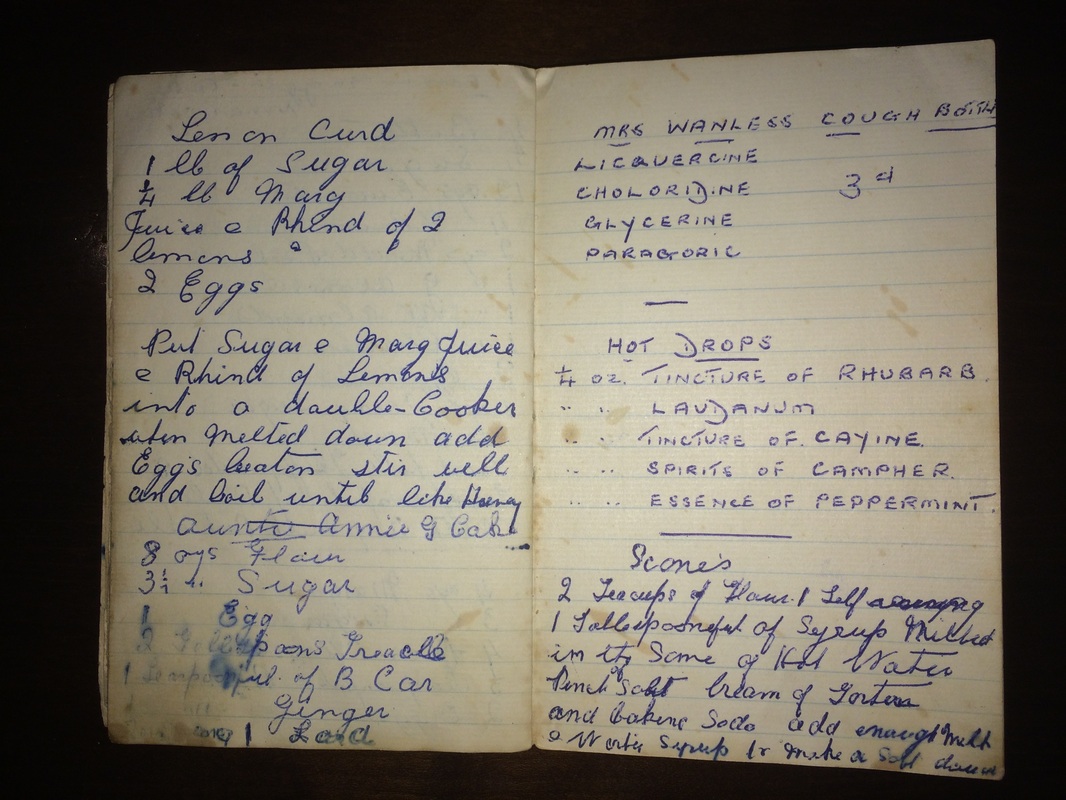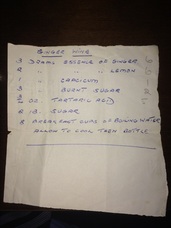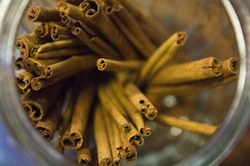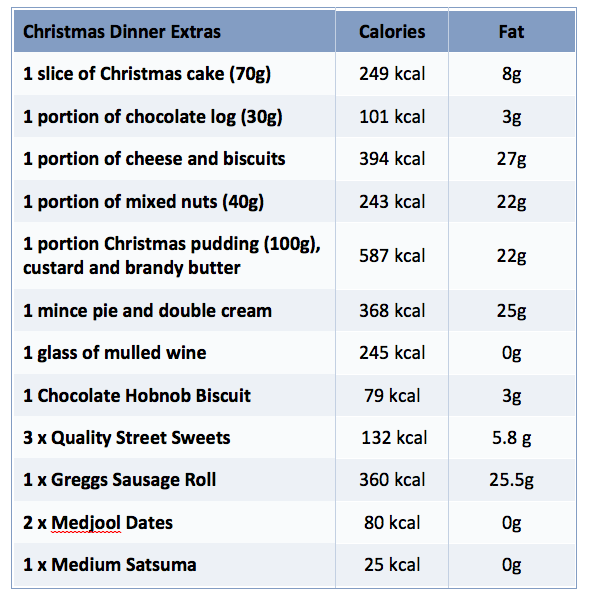- Home
- News Stream
-
Services
- Gateshead - Naloxone Supply Service
- Gateshead - Alcohol IBA
- Winter Access Services
- Tackle High BP
- Microspirometry
- 2019-20 South Tyneside Council Flu Service
- 2019-20 Gateshead Council Flu Service
- GP2P Service
- CPRS
- NHS Health Checks - Gateshead
- NHS Health Checks - South Tyneside
- Think Pharmacy First Gateshead
- Think Pharmacy First ST
- EHC-South Tyneside
- EHC-Gateshead
- Events
- Contact Us
- Search
|
Welcome to our Festive Home Page for 2013. Our festive home page is our replacement of the traditional Christmas edition of the LPC News. Historically we have always made the last LPC News of the year slightly off beat with more unusual content to give you some amusement through the busiest time of year. Being online we have been able to include an interactive crossword as well as some multimedia. We hope you enjoy our new format. The comms teams and I would like to wish you a very Merry Christmas and all the best for the new year.
Chairmans MessageIt gives me great pleasure to welcome you to the Christmas page on our LPC website.
You can find some amusing Christmassy stories, blogs and even a quiz - with a prize - dotted around this page to keep you entertained while you're having a coffee and eating a mince pie! I'd like to wish all pharmacists and supporting staff working in contractors pharmacies in these challenging times - the unsung heroes of the NHS; providing so much care to patients - a very merry Christmas and a happy and prosperous New Year. Happy Christmas! |
Something odd (and Ph'estive) has come over our
Exec team! (Dave, Louise, Jonathan & Sami) Merry Christmas. |
|
Did you know that you can keep an eye on Santa as he does his work. The NORAD organisation and it's predecessor organisations have been tracking Santa for over 50 years. These days they use modern technology such as the Radar, Satellites, Santa Cam's, Fighter Jets and to monitor and follow Santa's Journey around the world. Whilst they can't tell you exactly when Santa will visit you (Only Santa knows his route!) you can countdown to Christmas at their site and then then follow Santa from Christmas Eve as he travels round the world. Click HERE to access the NORAD HQ Website. |
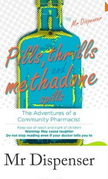
This year's prize – your own copy of 'Pills, Thrills and Methadone Spills' books 1 & 2 by Mr Dispenser will be awarded to the first correct solution pulled out of the hat. This has generously been donated by the author himself. You can enter your letters directly into the interactive crossword below and submit your solutions by clicking the submit button or alternatively click the "PDF" button in the bottom right to download a paper version which can be sent back to Kathryn Featherstone . 'Pills, Thrills and Methadone Spills' is a humorous look at everyday life in a community pharmacy, written by Mr Dispenser, a working community pharmacist. If you don't manage to win your own copy it is also available to buy at Amazon. The author donates some of the proceeds from the sale of these books to Pharmacist Support. - a very worthwhile charity which we would encourage you to support. |
IF YOUR WEB BROWSER IS NOT ABLE TO DISPLAY
THE INTERACTIVE CROSSWORD YOU CAN ALSO ACCESS HERE
THE INTERACTIVE CROSSWORD YOU CAN ALSO ACCESS HERE

Ginger is an aromatic spice associated with Christmas Time. Although, historically, it has been used as a hot fragrant spice, or flavouring, it has also been used for its therapeutic properties for over 5000 years.
So what are these therapeutic properties?
Well, traditionally as a medicine, it has been used as a remedy for dyspepsia, nausea (particularly seasickness and morning sickness), colic and as a carminative - although its side effects can include bloating and heartburn.
Anecdotal evidence seems to exist for the use of ginger in blood thinning and cholesterol lowering.
Sometimes, the ginger is brewed up as a tea, for the treatment of colds or formulated as a beer (or ale) to settle the stomach. In India the ginger is sometimes applied as a paste to the head in an attempt to relieve headache; or rubbed onto the skin as a rubefacient.
It has also been used to disguise tastes in medicines, and seems to have an effect of encouraging saliva production to make swallowing easier.
All in all, a really useful pharmaceutical herb - and a very pleasant spice in sweet and savoury treats at this time of year!
A local contractor inherited this recipe book from her great aunt and uses the recipe in it to make Ginger Wine; for those of you who can't remember back to drachms and minims please look next to the photos for the recipe in modern measures!
So what are these therapeutic properties?
Well, traditionally as a medicine, it has been used as a remedy for dyspepsia, nausea (particularly seasickness and morning sickness), colic and as a carminative - although its side effects can include bloating and heartburn.
Anecdotal evidence seems to exist for the use of ginger in blood thinning and cholesterol lowering.
Sometimes, the ginger is brewed up as a tea, for the treatment of colds or formulated as a beer (or ale) to settle the stomach. In India the ginger is sometimes applied as a paste to the head in an attempt to relieve headache; or rubbed onto the skin as a rubefacient.
It has also been used to disguise tastes in medicines, and seems to have an effect of encouraging saliva production to make swallowing easier.
All in all, a really useful pharmaceutical herb - and a very pleasant spice in sweet and savoury treats at this time of year!
A local contractor inherited this recipe book from her great aunt and uses the recipe in it to make Ginger Wine; for those of you who can't remember back to drachms and minims please look next to the photos for the recipe in modern measures!
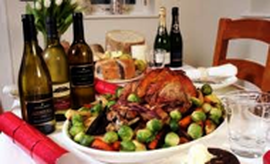
On average we will eat our way through up to 6,000 calories on Christmas Day alone which, according to the British Dietetic Association, is probably due to overindulging on second helpings, snacks and alcohol and the average weight increase is 5lbs (2kg) per person over the Christmas period.
The Christmas meal is not the main culprit - in fact, the traditional turkey roast can be very good for us, as it is a low fat meat. The problem is that over Christmas we can eat roughly three to four times more food than we actually need. So we end up weighing a lot more than we did come January. It also means we are storing up problems for the future, as all the extra calories have to go somewhere and those extra pounds can lead on to developing Type 2 Diabetes.
So what does the average Christmas Dinner mean for our bodies? Here are the nutritional facts:
The Christmas meal is not the main culprit - in fact, the traditional turkey roast can be very good for us, as it is a low fat meat. The problem is that over Christmas we can eat roughly three to four times more food than we actually need. So we end up weighing a lot more than we did come January. It also means we are storing up problems for the future, as all the extra calories have to go somewhere and those extra pounds can lead on to developing Type 2 Diabetes.
So what does the average Christmas Dinner mean for our bodies? Here are the nutritional facts:
So eat and drink in moderation and the New Year resolutions to lose weight won't hit so hard!!

















